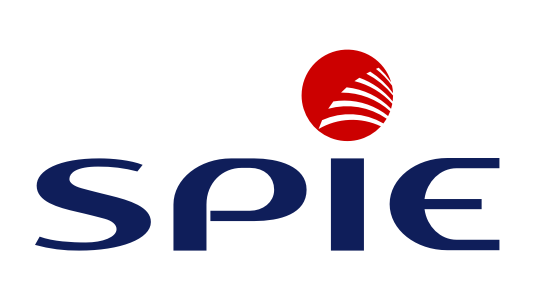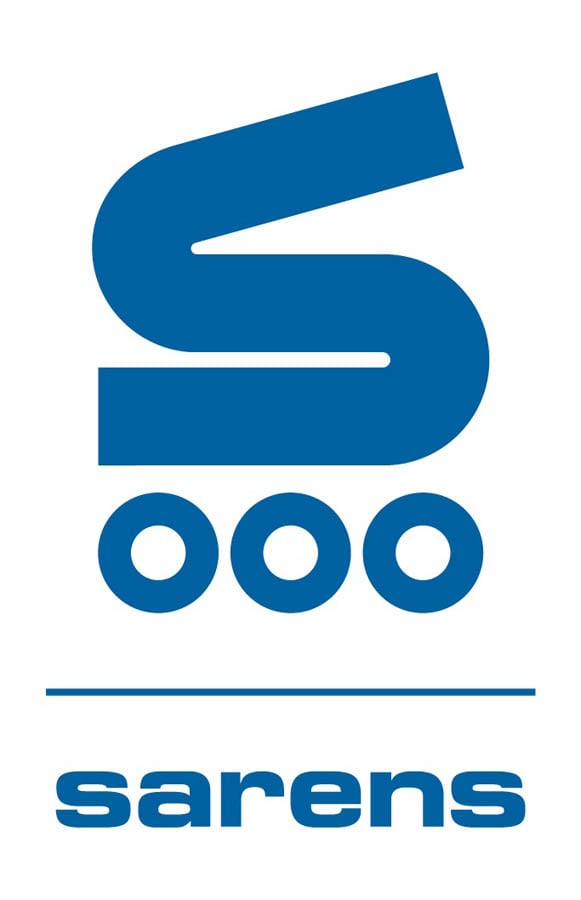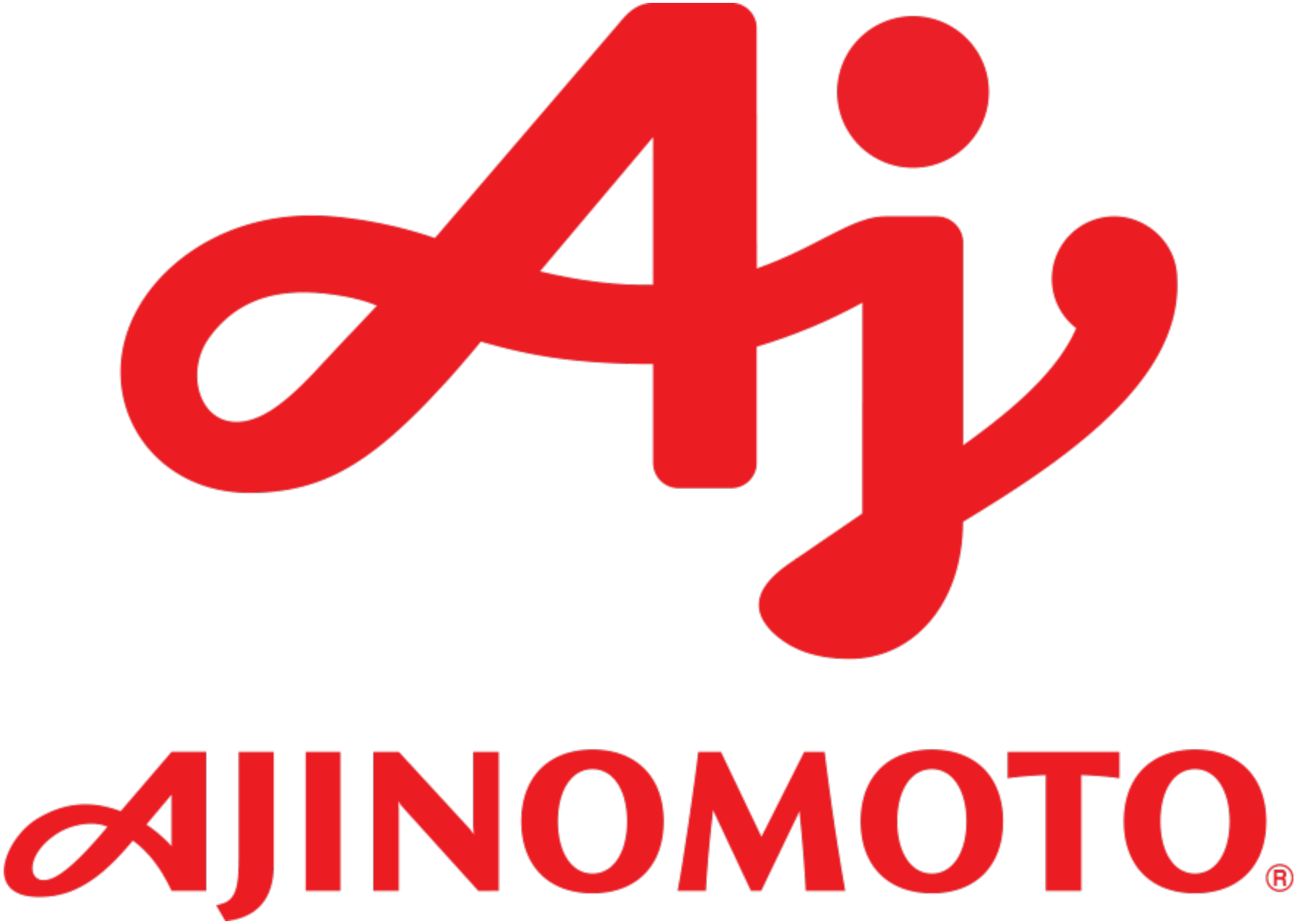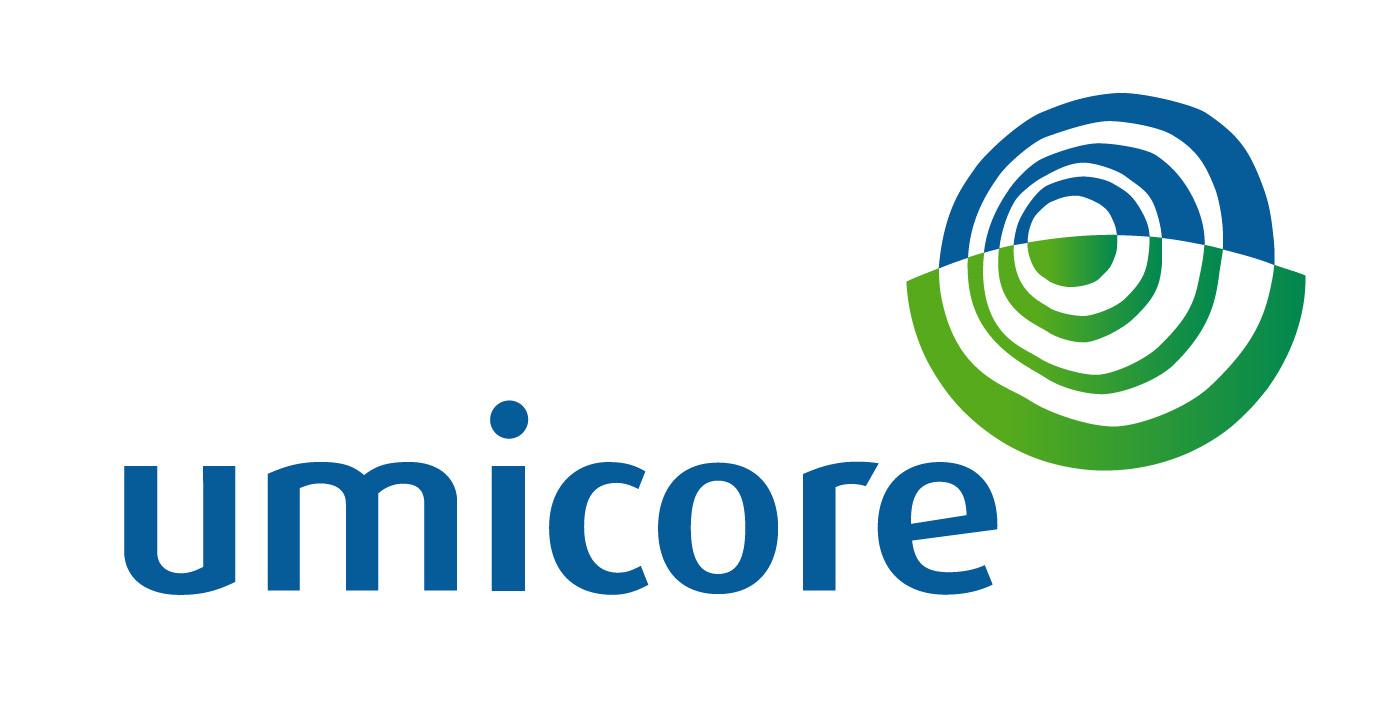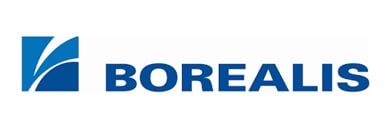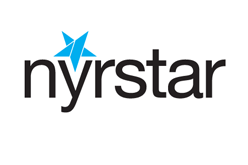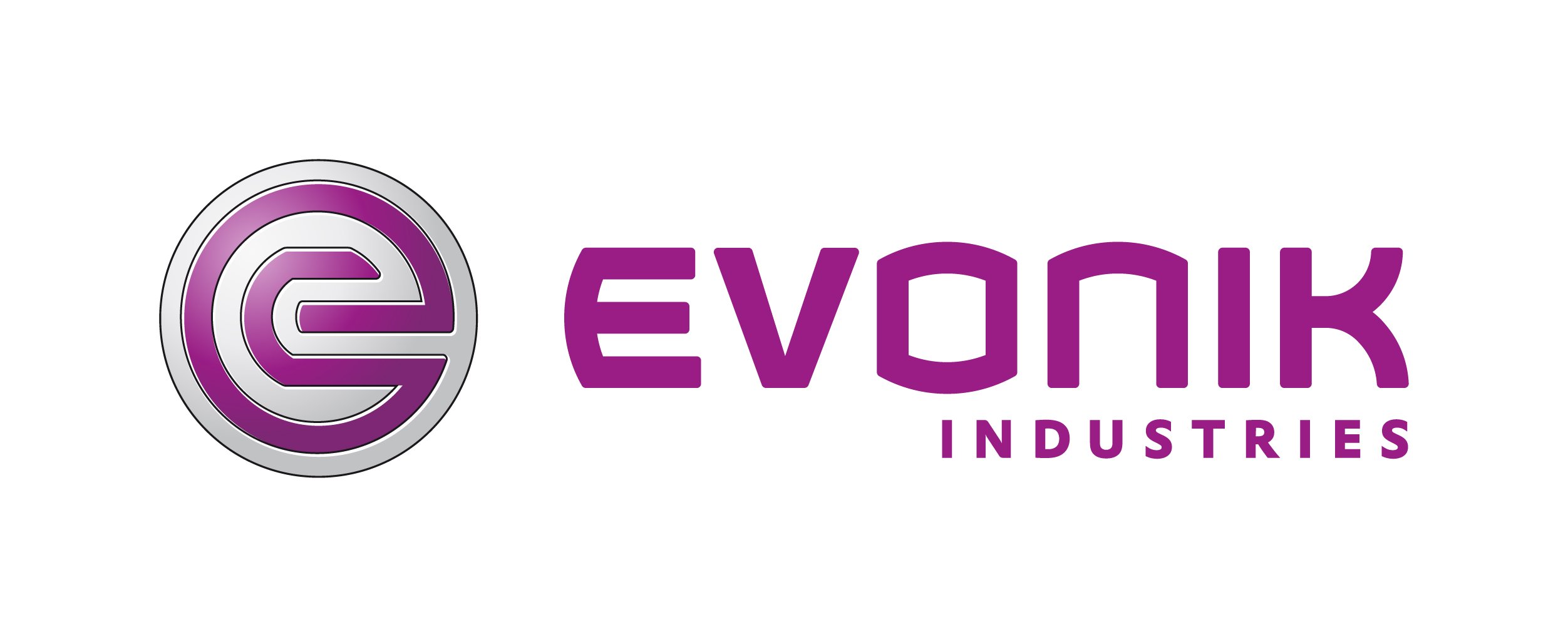
Mastering Safety Communication
Elevating Efficiency and Engagement
In the industrial sector, effective safety communication is not just a requirement—it’s a catalyst for operational excellence. This article explores four key channels of safety communication — emails, meetings, intranet, and bulletin boards — and how they can be optimized to foster a culture of safety in manufacturing and production environments.

1. Quick Alerts via Email
Emails are the digital messengers that deliver safety updates instantly. Think of them as real-time notifications that keep the production floor informed and prepared. This immediacy enables rapid decision-making and action, streamlining operations and enhancing safety.
2. The Power of Face-to-Face Meetings
Meetings serve as forums for open dialogue about safety concerns and solutions. They provide an opportunity for collective problem-solving and decision-making, essential for fostering a culture of safety. In manufacturing, these gatherings act as the melting pot where safety strategies are developed and refined.
3. The Intranet – A Digital Safety Manual
The intranet serves as a centralized digital repository for safety guidelines and best practices. It offers quick access to essential safety information, making it easier for employees to stay informed and compliant. In an industry where time equates to money, the intranet is a tool for both efficiency and safety.
4. Bulletin Boards – Visual Reminders
Bulletin boards act as constant visual reminders of safety protocols. Strategically placed within the production environment, these boards serve as quick reference points for safety procedures, reinforcing the importance of adhering to safety guidelines.
Orchestrating a Safety Culture
Much like a well-conducted orchestra, these communication channels work in harmony to create a cohesive safety culture. Emails provide timely updates, meetings offer a platform for dialogue, the intranet centralizes information, and bulletin boards offer visual cues. Together, they create a robust safety communication system that resonates throughout the organization.
Embedding Safety in Organizational DNA
These channels are not merely conduits for information; they are the building blocks of a safety-first culture. In manufacturing, the integration of these channels demonstrates a steadfast commitment to safety, making each employee a proactive participant in maintaining a safe work environment.
Driving Engagement for Operational Efficiency
A multi-faceted approach to safety communication not only ensures effective information dissemination but also fosters employee engagement. When employees are actively engaged in safety protocols, it leads to increased efficiency and productivity.
Adapting to Industry Changes
As the manufacturing sector evolves, so must its safety communication strategies. Regular evaluations and updates are crucial for ensuring that the communication channels remain effective and aligned with industry advancements.
Conclusion: Leading a Safety Revolution
Safety communication is not a static practice, it’s an evolving discipline. By employing a comprehensive and adaptive approach to safety communication, manufacturing industries can achieve a level of safety excellence that enhances both efficiency and engagement.
Elevate Your Safety Communication with Onyx One
While the channels of communication are crucial, the platform that integrates them can be a game-changer. Onyx One offers a seamless solution for contractor management that can effortlessly align with your existing safety communication strategies. Its adaptability and focus on compliance make it an invaluable asset for industries aiming to elevate their safety standards without compromising on efficiency.
Onyx One – the industry’s Contractor Management System
Automate the compliance, safety and impact of contractor processes in industrial environments. Nikolai tells you in a short demo how Onyx One takes contractor management to the next level.




